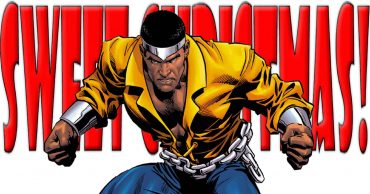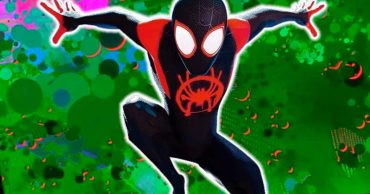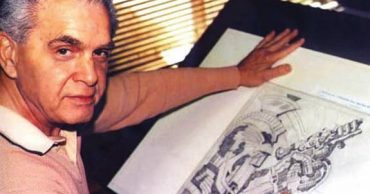In today’s comic/superhero media landscape, things are getting more diverse by the day, both in terms of the background of the characters and the interesting abilities they end up with. Kamala Kahn gives comic readers their first female Pakistani hero with her stretch powers, Robbie Reyes as one of the more recent iterations of Ghost Rider has the classic “fast vehicle and flames” power set, and Maya “Echo” Lopez has the ability to perfectly mimic any action she sees.
There are plenty of Black superheroes too; like Electro with his electricity powers, and Static Shock with his electricity powers, and Miles Morales with his spider powers… and also electricity powers.
This is a trope that often goes unnoticed, but becomes impossible to unsee once aware of it. It’s become so prevalent, comics have started lampshading it in their own pages. With trends like these, it’s easy to decry writers as being uncreative or ripping off material. But the truth of this trend doesn’t follow so straight a line.
The Original Black Electric Hero Came From DC
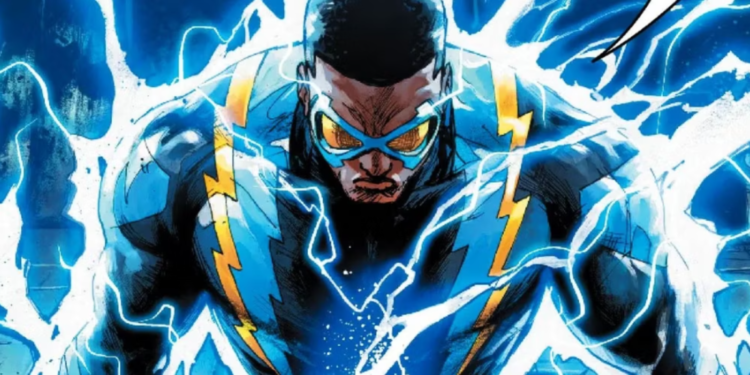
In the wild old days of comics, content was strictly controlled by a self-policing agency called the Comics Code Authority. Any and all new characters and storylines had to go through them to ensure they wouldn’t offend the sensibilities of the reading public. So when DC was set to unveil their first black headlining character to capitalize on the popularity of Luke Cage, it’s astounding that the mind-bogglingly racist Brown Bomber almost passed the censors. One of the head writers at DC fortunately talked them into scrapping the publication and starting over with a new hero, named Black Lightning, launched in 1977.
This was the first hero to start what would later become a trend, and the decision to use electricity powers was completely arbitrary. Creator Tony Isabella (who created the character with Trevor Von Eeden)wanted to do an electric hero because he thought it would be visually engaging, and had an opportunity to restart an axed concept. There was no inherent connection between “black hero” and “electricity” at this point, just a meeting of circumstances.
A Super Friends Copyright Issue Led To Another Character
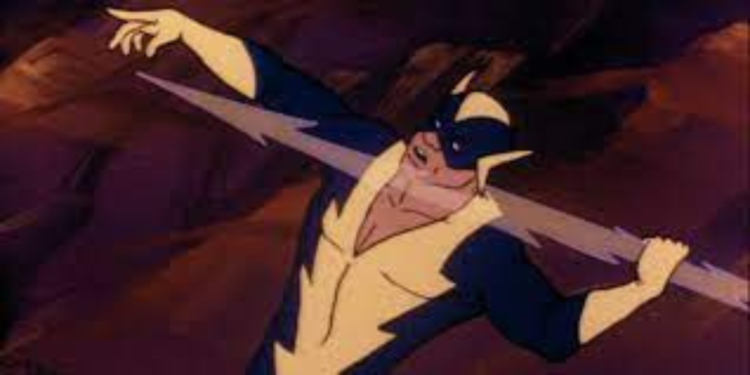
Black Lightning was immediately immensely popular. A black man from the slums of a major city using tech he invented to clean up his neighborhood was a compelling idea, and fans wanted to see him in more than just his own books. By this time the animated series The Super Friends, which featured a team-up of DC’s most popular heroes, had been on for several years, and there were many calls to include Black Lightning in the lineup. This was the moment where the Electric Black Superhero trope was born.
DC had partnered with Hanna-Barbera of Scooby Doo fame to produce the show, as they had years of experience in animation. But this meant that DC was splitting their profits with another studio, so they looked to cut costs everywhere they could. One of the places they sought to do so was with creator royalties. If they included Black Lightning in the show, they’d have to split their profit even more with Isabella. So the solution they came to was to create a new character just for Super Friends, a clone of Black Lightning in everything but name, called Black Vulcan.
How Yet Another Black Electric Superhero Was Born Of Copyright
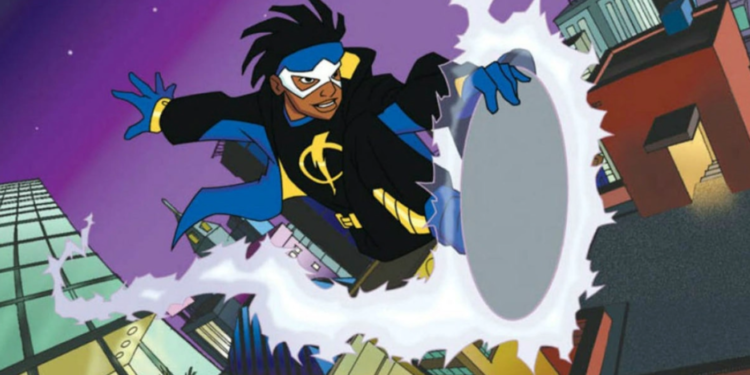
In a sane world, the story would end here. One black electric hero for comic books, and one for cartoons. But what ended up happening was that Black Vulcan became even more popular than his progenitor, due to the further reach of television compared to comics. Fans wanted more of Black Vulcan, and wanted him in comic books. But to do that, DC would need to pay royalties to Hanna-Barbera, and Isabella wasn’t particularly willing to write any more Black Lightning comics for them after cutting him out of the cartoon. So DC did the only thing they could think to do: make yet another black electric hero.
Today’s Black Electric Superheroes Follow The Trend
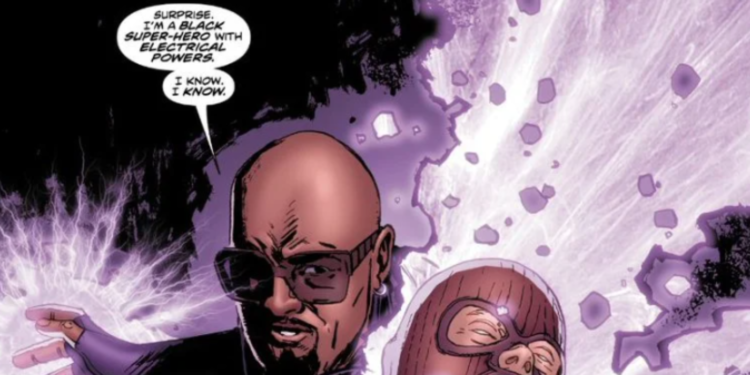
By that point, the trend was well and truly established. Whether later writers even realized it is uncertain, but the number of dark skinned electricity-manipulating characters skyrocketed. From X-Men’s Storm to Justice League’s Juice to standalone characters like Static Shock, Volt, or Spider-Verse’s Miles Morales.
None of this is to say that black characters shouldn’t have these powers, or that the writers who create them are creatively bankrupt, or that electricity powers aren’t cool (the sheer number of these characters proves that readers at least think they are). This is a rare instance of a racial cliché that didn’t come from something explicitly based on race, and was just an odd coincidence. But now that Volt is pulling a Deadpool by shattering the fourth wall to crack jokes about it, perhaps it’s time to apply some diversity to heroes’ powers as well as their backgrounds.
 Follow Us
Follow Us
